Photo

Chapter 2 of 'Smallpox Hill' is now up on my website. All of this work was created throughout lockdown. Link in my profile.
1 note
·
View note
Photo

I suddenly have lots more time on my hands, for some reason! So I've decided to start doing a proper newsletter. It'll included news about my work, other people's work I like, other things I like, things I don't like and most likely lots of other boring stuff too. If you still want to sign up just follow the link HERE. Thanks!
0 notes
Photo

'Wiltshire', Savernake Forest, Marlborough 2018 Situated on a chalk plateau just outside Marlborough, Savernake Forest is Britain’s only privately owned forest and home to a concentration of “Veteran” trees that is said to be the highest in Europe. The oldest being ‘Big Belly Oak,’ thought to be over 1100 years old and one of the fifty Great British trees named and honoured as part of the Queen’s Golden Jubilee celebrations. King Henry VIII temporarily resided in Savernake in 1535 to hunt in the forest with Sir John Seymour. It is believed that during these hunting trips he met his future wife Jane Seymour.
posted on Instagram - https://ift.tt/3496CRV
1 note
·
View note
Photo
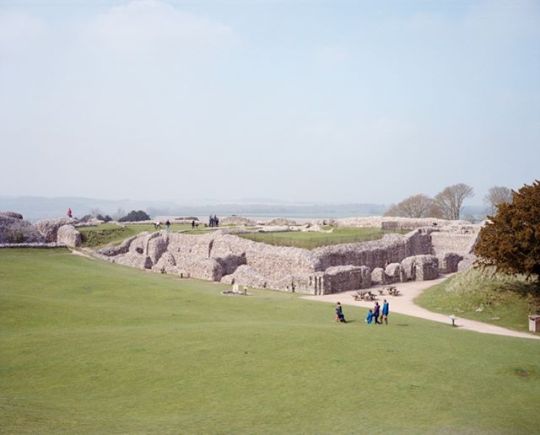
'Wiltshire', Old Sarum 2019 The original site for the earliest settlement of Salisbury located North of Salisbury today. Evidence of a prehistoric settlement have been discovered from 3000BC onwards. An Iron Age hill fort was built around 400BC to help control local trade paths. Occupation of the site continued throughout the Roman and Saxon period. The biggest change on Old Sarum came during the Norman period, with construction of a motte and bailey castle in 1070, and the building of a stone wall around the settlement and a cathedral completed in 1092. For the next couple of hundred years the settlement enjoyed its best years, with the Cathedral being refurbished and expanding the building to double the length in 1110’s. King Henry I then decided to build a royal palace within the curtain walls in 1130’s. Once the city continued to grow there was a apparent problem with lack of water in the settlement, so much that water was sold at inflated prices which led to talk of the Cathedral moving. In the late 11th and early 12th century the decision was made to move the Cathedral from Old Sarum to a new site. This was due to lack of water and the Cathedral repeatedly being damaged by wind and soldiers of the royal fortress restricting common folk access to the cathedral on serval occasions. Pope Honorius III agreed to the relocation and in 1220 building work began on the new Cathedral, and the settlement that grew around it was Salisbury. The settlement shows evidence on continued habitation but much of Old Sarum was razed to the ground to be used in the new settlement. In 1322 Edward II order for the castle to be demolition.
posted on Instagram - https://ift.tt/33XnkUd
1 note
·
View note
Photo
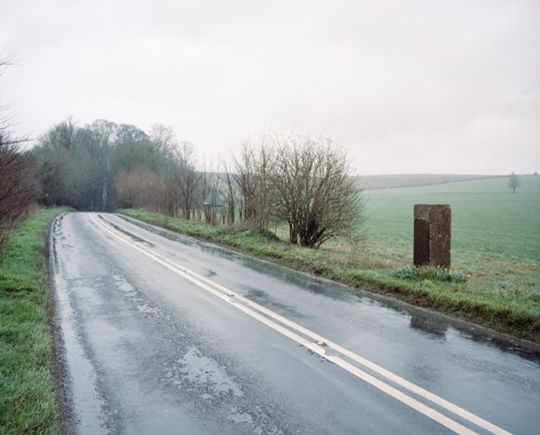
'Wiltshire', Robbers Stone, Gore Cross 2019 On a road between West Lavington and Gore Cross on Salisbury Plain there is one of two stones erected to commemorate a highway robbery that went wrong. This, the first stones of the two marks the spot of where the robbery happened. The transcription on the stone reads, “AT THIS SPOT Mr. DEAN, of Imber. was attacked and Robbed by four Highwaymen, in the evening of Octr. 21st. 1839. After a spirited pursuit of three hours one of the Felons BENJAMIN COLCLOUGH fell dead on Chitterne Down. THOMAS SAUNDERS, GEORGE WATERS, & RICHARD HARRIS, were eventually Captured, and were convicted at the ensuing Quarter Sessions at Devizes, and transported for the term of Fifteen Years. This Monument is erected by Public Subscription as a warning to those who presumptuously think to escape the punishment God has threatened against Theives and Robbers.” The second stone is erected on Chitterne Down, making the spot where one of the robbers died after being chased. The transcription on the second stone reads, “This Monument is erected to record the awful end of BENJAMIN COLCLOUGH a Highway Robber who fell Dead, on this Spot, in attempting to escape his Pursuers after Robbing Mr Dean of Imber, in the Evening of Oct 21st 1839, and was buried at Chitterne without Funeral Rights. The robbery of the wicked shall destroy them. Prov. 21. 7. His three companions in Iniquity THOMAS SAUNDERS GEORGE WATERS & RICHARD HARRIS were captured & sentenced at the ensuing Quarter Sessions at Devizes to Transportation for the Term of Fifteen Years. Though hand join in hand the wicked shall not be unpunished Prov 11. 21”
posted on Instagram - https://ift.tt/2Rw0ekM
2 notes
·
View notes
Photo
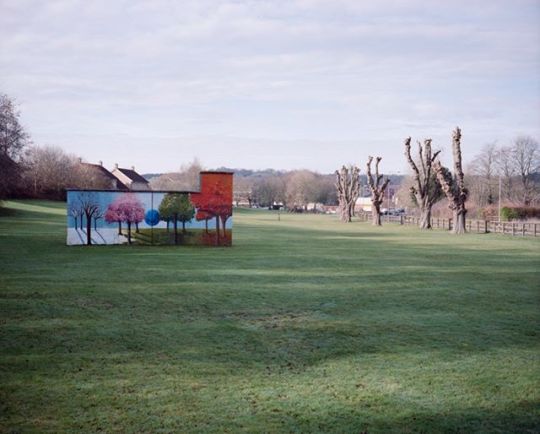
'Wiltshire', Tidworth 2019 A small village for most of its history, Tidworth didn’t change until in 1897, when the War Office purchased Tedworth house and a large area of land by the village. This was the start of Tidworth Camp, and Southern Command headquarters were established there in 1905. The growth of the military camp was mirrored by the growth of Tidworth into a garrison town (a town containing a military base). By 2011 the population of the parish is 10,600. The town has one of the lowest crime rates in Wiltshire and was rated by the Royal Mail as the most attractive postcode area to live in 2014.
posted on Instagram - https://ift.tt/36dgQlI
1 note
·
View note
Photo
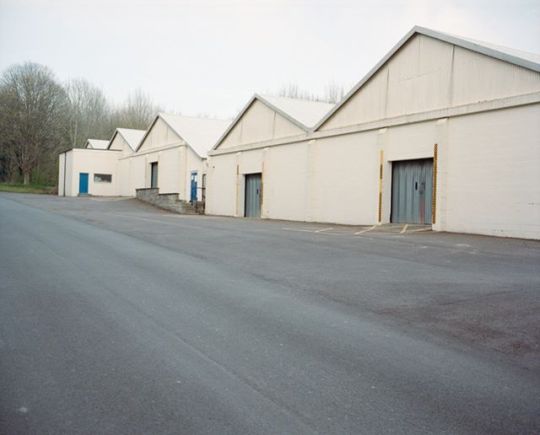
'Wiltshire', BCAC Hangers, Larkhill 2019 Larkhill was the site of the first army aerodrome. This short-lived aerodrome started when flying enthusiast Horatio Barber rented land to fly and store his plane in 1909, and was followed by others soon after. The War Office began to see the importance of aviation in war; because of this the aerodrome began to grow. Companies such as British & Colonial Aeroplane Company (which later became the Bristol Aeroplane Company) decided to build hangers at Larkhill. In 1912 the aerodrome held the first military aeroplane trials. With the continual successes of aviation in the Western world, other aerodromes around the country started to open and created competition for Larkhill. Although it was the first of it’s kind, Larkhill closed in 1914. All that is left of the aerodrome are the original BCAC hangers, which are now the oldest surviving aerodrome building in the UK and are grade II* listed structures.
posted on Instagram - https://ift.tt/2qolBtb
1 note
·
View note
Photo
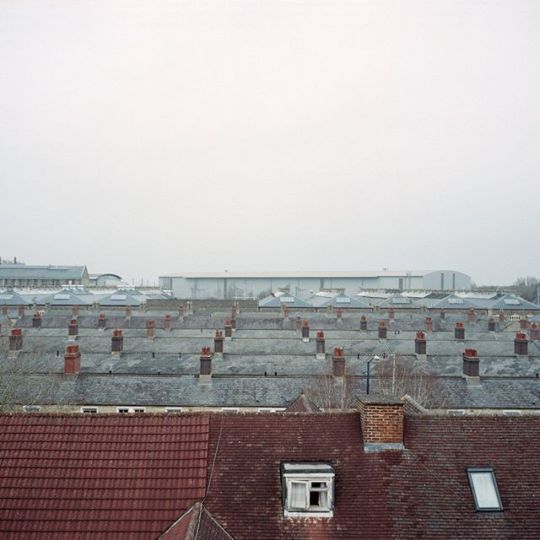
'Wiltshire', Railway Village, Swindon 2019 Built to supply housing to the workers of the Swindon railway works, Great Western Railway built terraced properties like many other Victorian industrial towns. Unlike other industrial built in rigs era, GWR also built medical and educational centres, the UK’s first lending library, a church and a pub. The medical facilities provided a complete health service for workers at the railway works. It is considered to have been the blueprint for the NHS. Swindon Borough Council applied to demolish the village in the 1960’s, but poet Sir John Betjeman successfully campaigned to save it.
posted on Instagram - https://ift.tt/388QuCP
0 notes
Photo

'Wiltshire', St Laurence’s Church, Bradford-on-Avon 2019 Dates of the founding of the church is much debated and varies between 700AD and the 1000AD. The land was given to the Nuns of nearby Shaftesbury Abbey after being displaced by the Vikings. The church was built as a mortary chapel for the body of King Edward the Martyr, who was in the interim regarded as a Saint. The church was rediscovered in 1856 after being used as a school and an joining cottage. Once discovered it was restored in 1870-80 ,and quickly became apparent that the church was one of the most complete Anglo-Saxon buildings in the UK with very few later alterations.
posted on Instagram - https://ift.tt/2YhqpNI
0 notes
Photo

'Wiltshire', Box Quarry, Corsham 2019 Box mine is part of a large network of mines and quarries that tunnel their way through Bath stone, near and under the town of Corsham. These underground networks have a long history dating back to the Romans, but were not just to harvest the stone. During WWII the military saw them for the first time as a valuable asset, many used as ammunition depots hidden and safe from enemy attack. One tunnel became the World’s largest underground factory, producing aircrafts for the war effort. After WWII ended, the network of tunnels remained an important asset to the military, with one quarry being used as the emergency relocation site for the government in the event of a nuclear attack. This site was still in use in the 1980’s and was only declassified in 2004. There is still a large military presence in and around Corsham, with secretive sites like the 'Command and Control Centre’ still fully active, but many of the quarries are not used anymore. Lying abandoned they have become a popular place for caving and underground explorers.
posted on Instagram - https://ift.tt/37V4zDQ
0 notes
Photo

'Wiltshire', Hinton Parva 2019 Hinton Parva, (also known as Little Hinton) is a small village just south of Swindon, sitting on the slopes of the Lambourne Downs. During WWII in 1943 as the Western allies were preparing for the invasion of Europe, many Wiltshire villages were being used as makeshift barracks for the huge influx of allied soldiers. Many villagers lived alongside the servicemen, but some were completely evicted for the military to carry out their activities, most famously so in Imber. Hinton Parva was also evacuated by the War Office for tanks to be stored before the offence. Unlike Imber, when the war was over the residents were allowed to take back what was theirs in Hinton Parva.
posted on Instagram - https://ift.tt/2XZWQjx
2 notes
·
View notes
Photo

'Wiltshire', Salisbury Cathedral 2019 The painter John Constable became friends with John Fisher, (former Bishop of Salisbury) between 1807 and 1825. First visiting Fisher in Salisbury in 1811, their friendship grew over time, with Fisher officiating Constable’s marriage in 1816, and also commissioning a painting of Salisbury Cathedral. Fisher soon became Constable’s biggest patron, helping fund Constable for many years. Salisbury Cathedral and the surrounding landscape inspired many of Constable’s most notable paintings. When John Fisher died, Constable even commemorated him in a painting of his house.
posted on Instagram - https://ift.tt/2DsC42i
1 note
·
View note
Photo
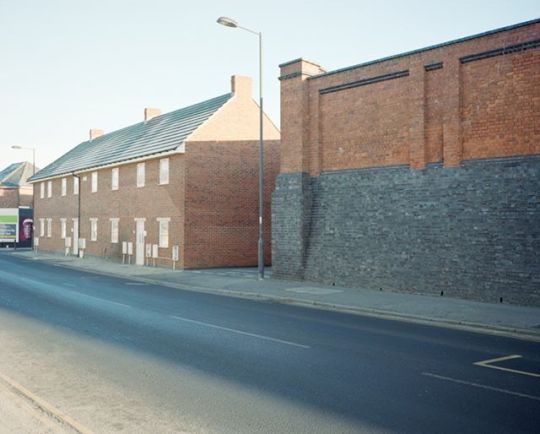
'Wiltshire', Swindon Railway Works, Swindon 2019 Opened by the Great Western Railway in 1843 following the growth of the Great Western mainline between London and Bristol, the company needed a repair centre. Due to situation near the midway point between GWR terminals and also being at a junction, Swindon was picked as a suitable location for the works. When it initially opened the works only employed 200 men, but within 10 years employed over 2000 men and produced a complete locomotive per week. The works continued to grow and attracted workers to Swindon between 1921 and 1941 when the works hit it’s peak, employing more than 14,000 workers. The works became one of largest covered areas of land in the world. By the time British Rail was nationalised in 1947 Swindon was producing 60 engines a year. With rail nationalisation this number began to fall rapidly although British Rail made the works the southern UK’s regional hub for storage and scrapping of steam locomotives. In 1961 the works produced British Rail’s last steam locomotive. During the 60’s the works only employed 5,000; this was again hit when Dr. Richard Beeching announced his ‘Beeching cuts.’ This new strategy of UK rail meant the need for new trains fell and by 1965 building of any new stock stopped at the works. From this point the works were primarily used to scrap rolling stock, keeping employment steady. Eventually, work from British Rail stopped and the Swindon works closed on 26th March 1986, after nearly 180 years. The works have now been redeveloped as a shopping centre, railway museum and other mixed use facilities. Much of the existing core works buildings are now listed.
posted on Instagram - https://ift.tt/35FNThR
0 notes
Photo
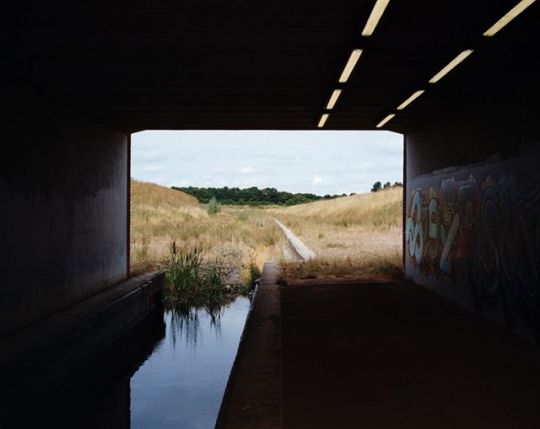
'Wiltshire', Wilts & Berks Canal, Wichelstowe 2018 As part of a large residential development on the Southern edge of Swindon, the Wiltshire & Berkshire canal is being rebuilt as a small section of the complete restoration. In 2011 1km of the new canal restoration was completed. Originally the canal was first completed in 1810 and the route was to connect the Kennet & Avon canal with the River Thames via Swindon. The canal was formally abandoned in 1914 and from then on much of it was filled in and built upon.
posted on Instagram - https://ift.tt/2pVQmW9
0 notes
Photo

'Wiltshire', Stourhead, Stourton with Gasper 2019 Partly owned by the National Trust, the Stourhead Estate attracts just under 400,000 visitors a year. The main attraction of the Estate is the landscaped garden, which is centred around a large artificial lake with features placed along the lakes edge. The gardens were designed and laid out between 1741 and 1780 by Henry Hoare II. Inspiration for the gardens came from Italian landscape paintings that were immensely popular at the time, and many of the features created in the garden were inspired by scenes in Italian artist Gaspard Dughet’s paintings. The features include a five-arched Palladian bridge, a grotto, a gothic cottage, the temple of Apollo and the medieval Bristol high cross moved to the gardens in 1765. The gardens are now grade I listed on the ‘Register of Historic Parks and Gardens of Special Historic Interest’ 1987.
posted on Instagram - https://ift.tt/33iMmMZ
0 notes
Photo
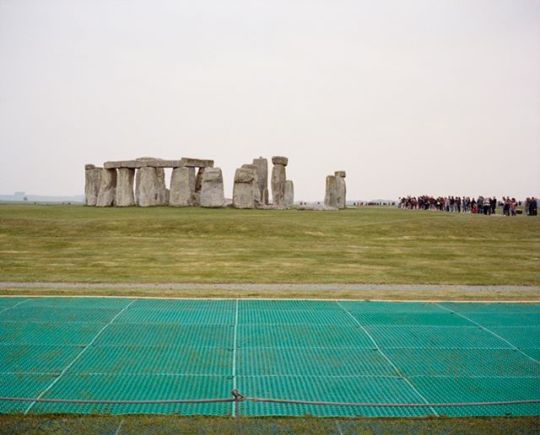
'Wiltshire', Stonehenge, Amesbury 2019 Listed as a UNESCO World Heritage site in 1986, Stonehenge itself is owned by the Crown and managed by English Heritage. Stonehenge is just one part of the Word Heritage site that covers 26 sq km that also includes Stonehenge Avenue, the Cursus, Durrington Walls, Woodhenge and Vespasian’s Camp. The surrounding landscape is mainly owned by the National Trust, making up nearly a third of the world heritage site and contains over 350 ancient monuments. Although being just one monument in hundreds, Stonehenge is the main attraction and is visited by over 1.5 million tourists a year. The henge is regarded as a important icon of British Culture and history across the world.
posted on Instagram - https://ift.tt/2OjYx8h
0 notes
Photo

'Wiltshire', Ian Fleming’s Grave, Sevenhampton 2018 The creator of James Bond and Chitty Bang Bang, bought a country house called ‘Warneford Place’ in 1959 in the village of Sevenhampton. Fleming demolished the original 16th century property and replaced it with a modern building. Finally moving into the property in 1963 but in failing health, he wanted a slower pace of life. He committed to helping a local Conservative parliamentary candidate with speeches, and supported the Swindon boy’s club with a donation and plans to give a talk which sadly, never happened. Dying soon after moving to Sevenhampton, on 12th August 1964 (also his son’s 12th birthday), aged 56. Although only living in Wiltshire for a short period he enjoyed some of his most productive years. He was buried in St Jame’s church in Sevenhampton, joined tragically by his son in 1975 and his wife in 1981. A latin inscription on his grave stone translates roughly as, ‘You are rotting away now after having a great life.’
posted on Instagram - https://ift.tt/33bcFow
0 notes